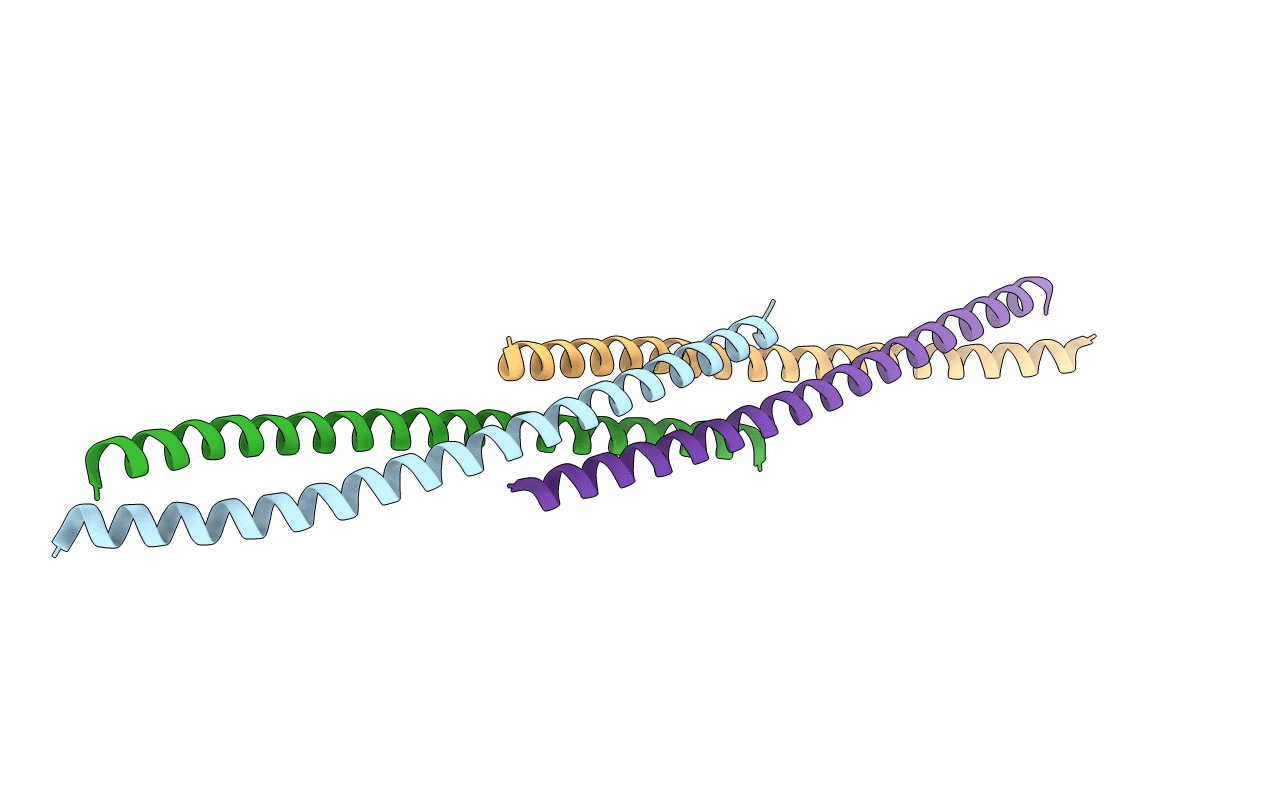
Deposition Date
2008-04-18
Release Date
2009-03-31
Last Version Date
2024-10-16
Method Details:
Experimental Method:
Resolution:
1.75 Å
R-Value Free:
0.28
R-Value Work:
0.21
R-Value Observed:
0.22
Space Group:
P 1 21 1


